
Conformational Preferences of Pentofuranosides

Protein-Protein Interactions
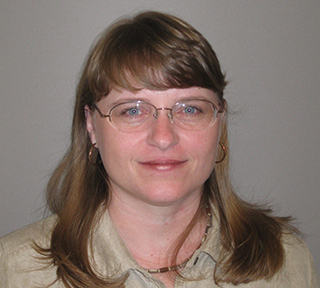
Toxic Metals in Environmental and Consumer Product Samples
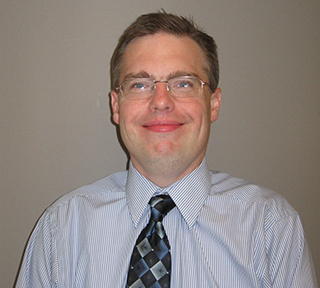
Peroxide Explosive Synthesis, Pseudo-Jahn-Teller Effect
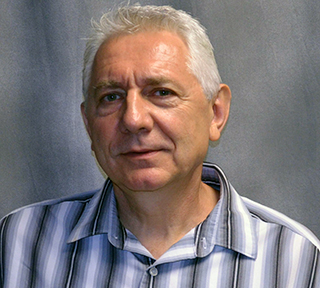
Neural Networks
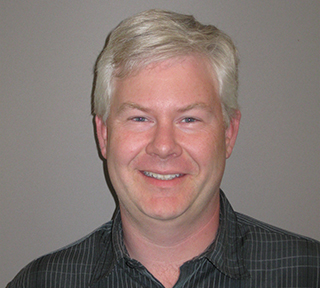
Cross-Conjugated Molecules, Organic Chemistry
Bacteria that cause diseases such as tuberculosis and leprosy use unique carbohydrates as part of their natural defenses. Since these carbohydrates are not used in mammalian cells, they are natural targets for new antibiotics. The very flexible shapes of these carbohydrates are not well understood. A better understanding of the flexible shape, or conformational preference, of these carbohydrates will strengthen our ability to design these new antibiotics. This is especially important because many of these bacteria are developing multiple-drug-resistant strains.
Research in the Rhoad group falls into two categories: computational and synthetic/spectroscopic. Our computational methods build models that are designed to predict the conformational preference of the simple protected sugars. The synthetic/spectroscopic derivatizes simple sugars and then does close measurements of the parameters influenced by the conformation—specifically proton-proton coupling constants in nuclear magnetic resonance spectroscopy. The measured versus calculated parameters are compared to determine the success of the computational modelling.
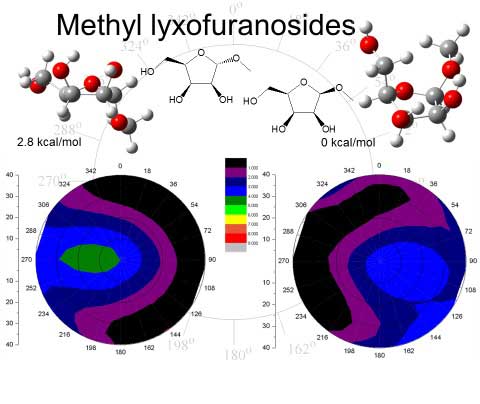
A.B., William Jewell
M.S. and Ph.D., The Ohio State University
(816) 271-4389
jrhoad@missouriwestern.edu
Agenstein Hall 332
Proteins are linear chains of amino acids. The protein backbone is made up of the same repeating group over and over again, only the side chains coming off are different. Proteases are proteins themselves, more specifically they are enzymes, and these enzymes cleave the protein backbone. However proteases don’t cleave every protein they come into contact with, they are very specific for their protein targets. When a protease does cleaves, it always cleaves at a very specific place, even though the backbone is the same everywhere. The reasoning for the difference in protease cleavage patterns is therefore not always known.
My research focuses on a protease called DegQ, and looks to determine the specific interactions the protease makes with its substrate which dictates where to cleave along the backbone. We perform experiments with the DegQ protease in vitro, or outside the cell, monitoring its cleavage with substrate. All proteins are made from a DNA template, or its gene. We employ molecular cloning to acquire the gene, which we can insert into bacteria, and exploit the bacterial machinery to make our protein. We then purify this protein to remove all other contaminants found in the bacteria. We can then start performing reactions with the protease to obtain data. Therefore, my research sits at the interface of biology and chemistry, we employ techniques of both disciplines. You will therefore gain a very good understanding of biology and chemistry, however you will be able to participate even if you have taken nothing higher than general chemistry or general biology.
(816) 271-4392
nmikita@missouriwestern.edu
Agenstein Hall 332D

X-ray fluorescence spectroscopy (XRF) and flame atomic absorption (FAA) are two techniques we use to identify and quantify toxic metals such as lead in a wide variety of samples.
The XRF technique allows for quick, simultaneous identification of elements between atomic numbers of 11 (sodium) and 92 (uranium), with minimal sample preparation. Elements of high concentration can also be quantified using this technique.
For trace elements, FAA may also be used to quantify.
Specific projects involving these two techniques are (1) determination of lead content in recycled plastics materials, and (2) analysis of elements in environmental and grape vine samples from a local vineyard.
B.S., Central Missouri State University
Ph.D., University of Wyoming
(816) 271-4437
hiley@missouriwestern.edu
Agenstein Hall 332B
The Jahn-Teller Effect, discovered in 1937, is a quantum-mechanical phenomenon in which highly symmetric molecules have their symmetry broken by interaction between the electronic states of a molecule and its vibrational modes. While this effect has been widely used to understand the structure of inorganic materials, comparatively less work has been devoted to understanding this effect in common organic materials. In this project, a related form of the Jahn-Teller Effect, known as the Pseudo-Jahn-Teller effect, is studied computationally to understand symmetry breaking phenomena such as ring puckering, pseudorotation and intramolecular hydrogen bonding, in small organic molecules.
Peroxide explosives such as diacetone diperoxide (DADP) and triacetone triperoxide (TATP) have been implicated in numerous terrorist incidents around the world, chiefly because these compounds are relatively easy to synthesize by amateurs using commonly available consumer products. In this research program, the synthesis of these explosives are modeled computationally, with an aim towards understanding the specific steps towards their synthesis so that it may be better controlled and regulated.
B.S., Carnegie Mellon
Ph.D., University of Nebraska
(816) 271-5671
jwoodford@missouriwestern.edu
Agenstein Hall 332H
Artificial neural networks are computer-assisted models based on pattern recognition that mimic the biological neural networks of the human brain. These systems can ‘learn’ to perform tasks from initial data, followed by validation procedures to estimate the quality of gained intelligence. They can be used as potential screening tools. The concept of neural networks, which has its roots in artificial intelligence is rapidly gaining popularity in many fields of modern biomedical research such as drug design, medicine, health related scans and images to reveal any abnormal pattern.
The goals of our research project are summarized in these areas:
B.S., University of Pardubice (Czech Republic)
M.S. Western Michigan University
Ph.D., University of Kansas
(816) 271-4125
ssvojano@missouriwestern.edu
Agenstein Hall 332J
Cross-conjugated molecules have a very short lifetime and readily react with themselves or other molecules. Molecules such as p-xylylene exist only in dilute solutions or as a vapor. When the molecules come in contact, they form the commercial plastic Parylene, a non-porous protective coating for mission-critical electronics such as those found in military equipment, space probes, and medical devices. The existence of several other cross-conjugated molecules have been proposed but never observed.
The research project would involve the synthesis of the compounds needed to prepare the reactive molecules, the observation of the cross-conjugated molecules using Nuclear Magnetic Resonance (NMR) spectroscopy, and the isolation of the polymer-like products.
Green Chemistry has the goal to minimize the use and generation of hazardous substances. Many of the experiments used in Organic Chemistry teaching laboratories have their origins decades before Green Chemistry Principles were published.
The research project would involve applying newly published green chemistry processes to the lab preparation of chemiluminescence compounds (similar to glow sticks) and the local anesthetic, Lidocaine.
B.S., Northwest Missouri State University
Ph.D., Iowa State University
(816) 271-5840
lorimor@missouriwestern.edu
Agenstein Hall 332
